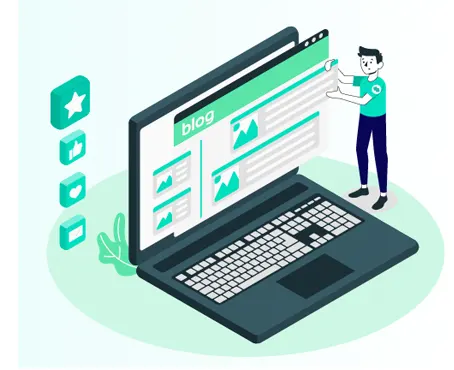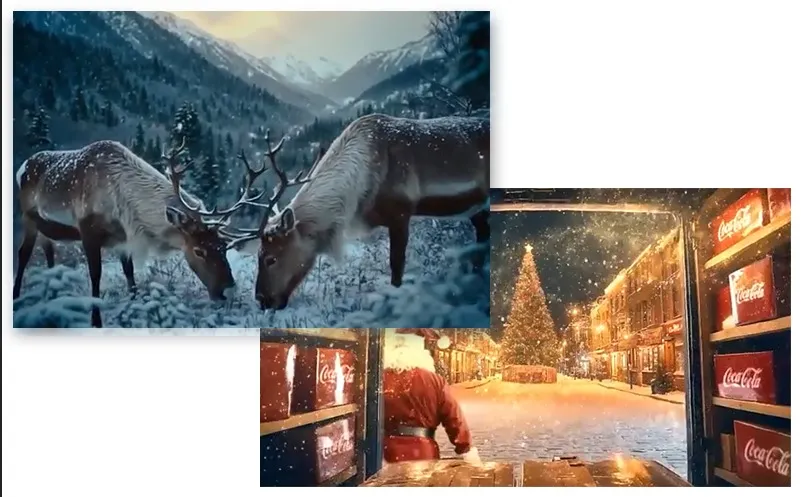

Greetings, everyone! Meet Team BUSFAM, a premier creative advertising agency is again happy to introduce #BreakingtheAds, a series where we delve into topics that are creating waves in the advertising world. Today we are going to present our thoughts on Coca-Cola’s latest AI-generated Christmas campaign that garnered backlash and criticism from viewers.
The presence of Artificial Intelligence (AI) is everywhere. From IT to healthcare, AI is revolutionising various industries and shaping the ways how we live, work and interact with technology. The creative world is no exception, particularly the advertising sector.
Almost all brands are now integrating AI technology to understand customer behaviour, optimise ad spending and generate content to deliver more personalised experiences to the audience.
From copywriting to producing visuals, brands are automating everything with the help of AI. But the question that’s arising is, “Can AI replace creativity?” While it is indeed true that AI is simplifying our work, however, does it have the same potential to evolve emotion among the target audience just like it is designed by a human?
Let’s understand this with a real-life example advertisement by a big brand—Coca-Cola and their AI-generated 2024 Christmas campaign.
Last year, the famous soft drink brand Coca-Cola released three AI-generated Christmas advertisements. Among the three, the one that received mockery on social media was the one that paid homage to their iconic Christmas ad, “Holidays are Coming.”
Partnering with studios like Secret Level, Silverside AI, and Wild Card, the brand aimed to target the modern audience by integrating cutting-edge technology into the campaign.
The ad featured snowy landscapes, joyful animals and the iconic Christmas truck, which were all enhanced using AI-created visuals.
The main objective behind the release of this Christmas campaign was to highlight how advertisers can leverage AI to speed up the production process while maintaining creativity. The ad wanted to showcase the power of AI to create immersive and heartwarming visuals in no time. This greatly reduces the need for expensive ad shoots.
From polar bears appearing in the snowy forests to the sight of Santa Claus, the ad celebrated the brand’s legacy and at the same time explored the endless possibilities of AI.

The criticism revolving around the Christmas ad was not that it was created using AI technology; rather, it lacked an emotional connection with the audience. Many felt that the campaign failed to match the heartwarming storytelling that Coca-Cola ads were once famous for.
The reboot version of the Holiday ads received mixed criticism and many argued that the ad had certain flaws in the AI-generated visuals, like unnatural facial expressions, distorted visuals and unsettled imagery that left the viewers unimpressed.
In fact, many creative professionals opposed the idea of using AI in creative works. They debated that the integration of AI is necessary, but the thing that it can replace human work is completely a myth.
AI is definitely an important tool that can take creativity to the next level. However, it can never likely replace humans in creative roles.
Whether it’s writing ad copy, designing graphics, or producing visuals, AI tools can assist in giving ideas and providing new perspectives. However, the work done in most cases lacks the emotional depth and intuitive understanding required for true originality.
The Coca-Cola Christmas campaign is good; however, it could have been better with a human touch and more warmth to capture the spirit of the holiday season.